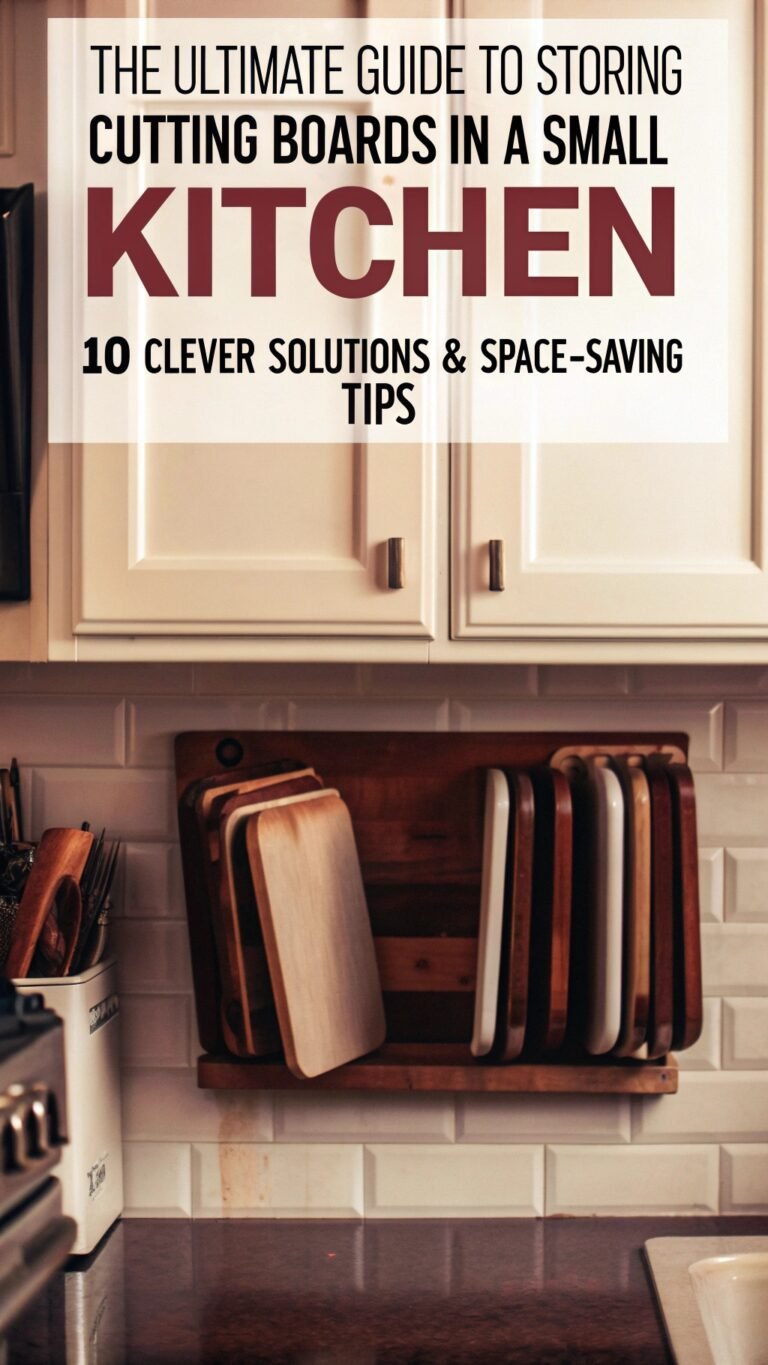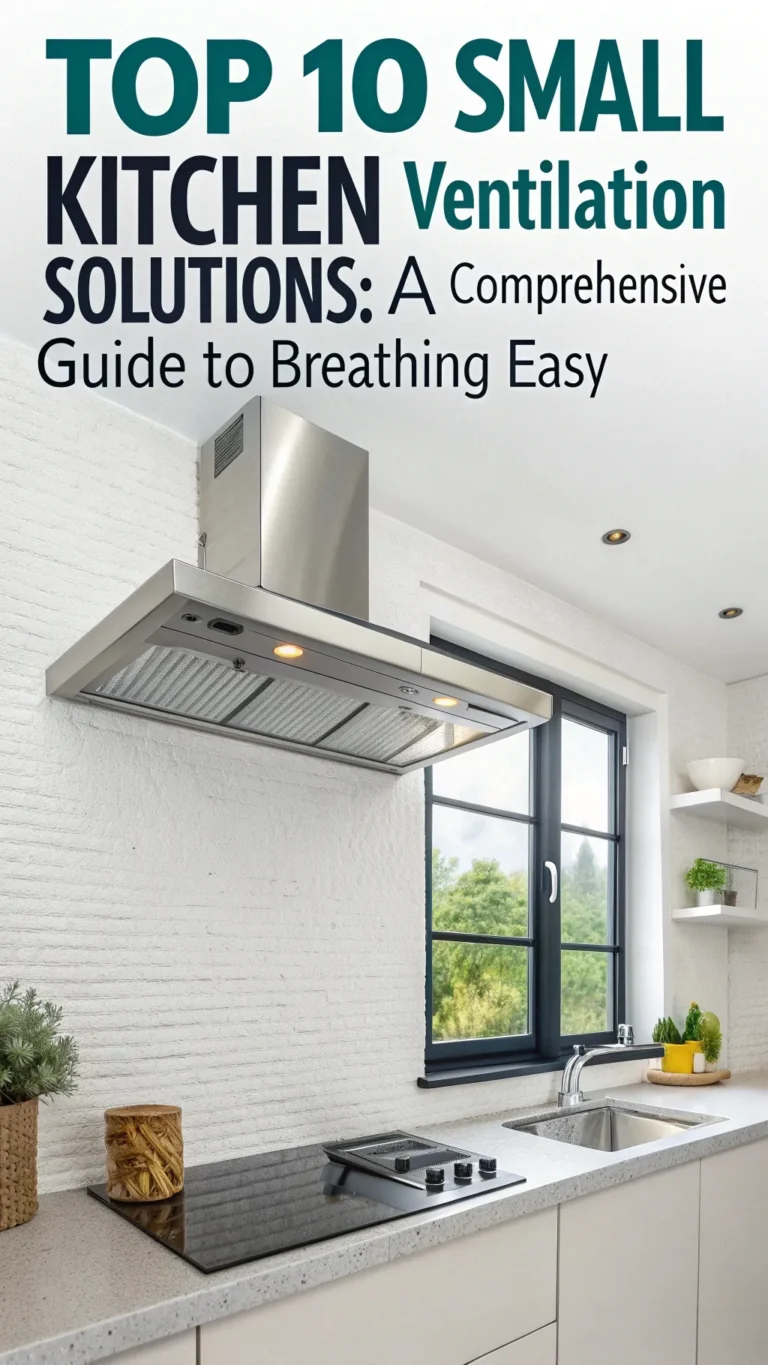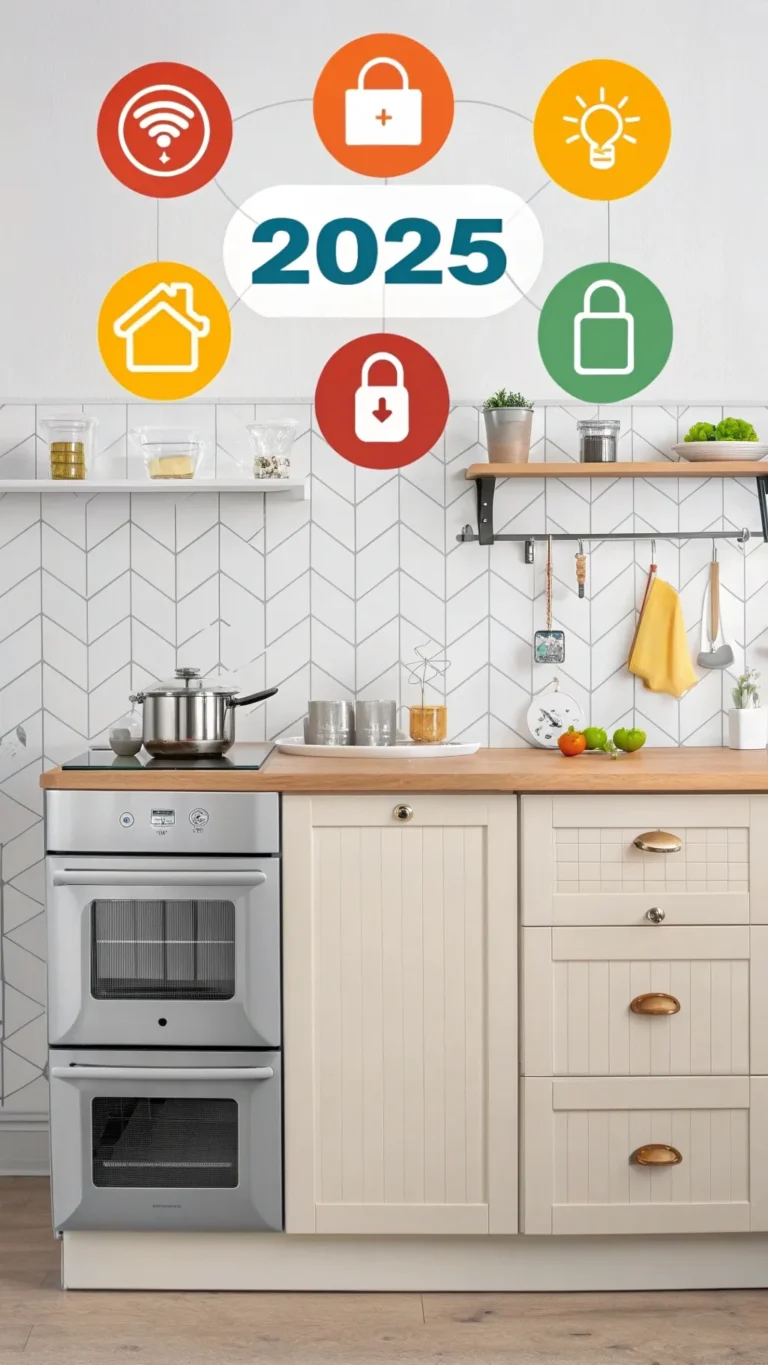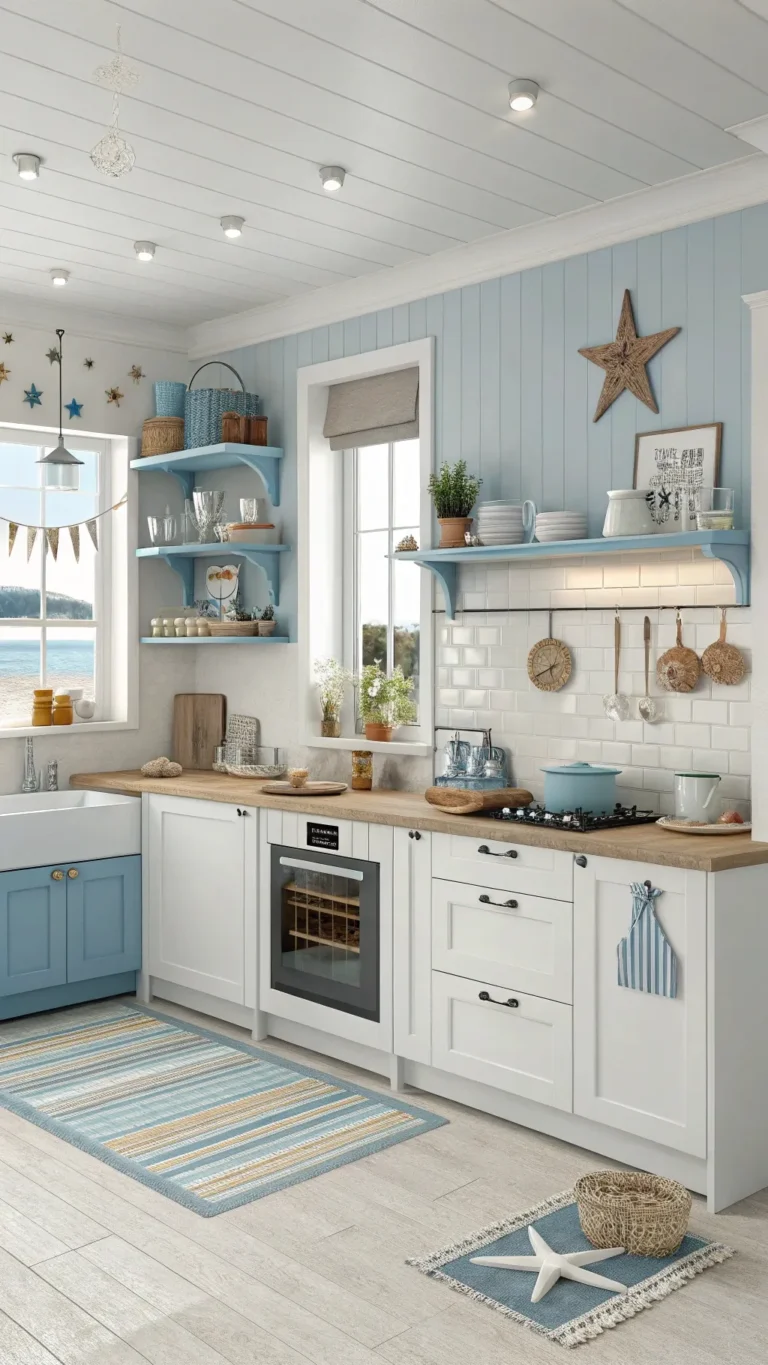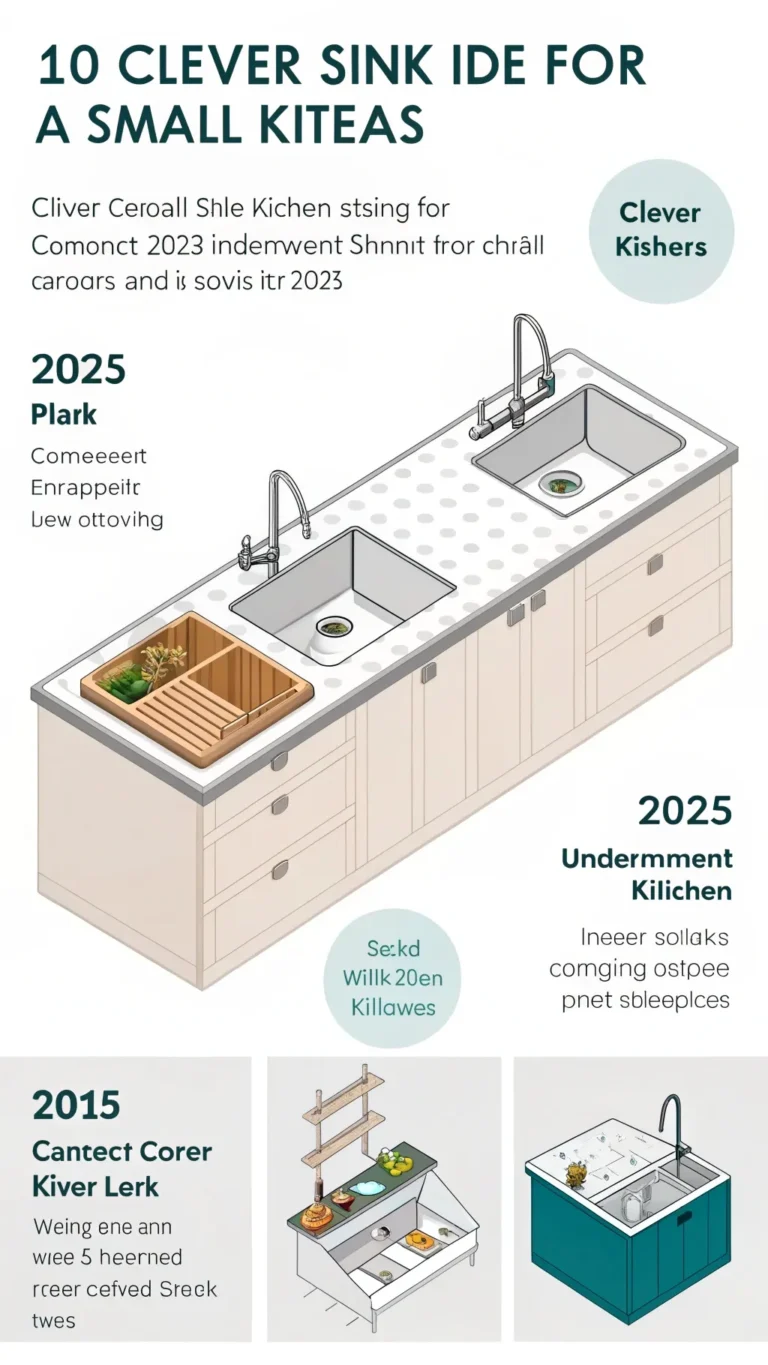Meta Title: Small Kitchen Spice Organization: The Ultimate Guide
Meta Description: Tame spice chaos! Learn the best methods for small kitchen spice organization, including decluttering, smart storage ideas, and top racks.
URL Slug: /small-kitchen-spice-organization-guide
I. Introduction
Spices bring life to meals, but a messy pile can lead to frustration. In small kitchens, scattered jars, missing lids, and digging through clutter slow down cooking. Wasted time and crushed spices add to stress. Finding the right spice becomes a hunt.
Small kitchen spice organization solves these problems. It saves space, keeps spices fresh, and makes cooking easier. Organizing spices takes planning but pays off with a tidy, functional kitchen.
This guide covers everything: clearing clutter, choosing spots to store spices, picking racks and containers, labeling jars for easy use, and simple ways to keep your spices neat over time. By following these steps, your spices will stay orderly, and your kitchen will feel larger.
“Organizing spices transformed my cooking time,” says Chef Lisa Walker. Experts agree that a neat spice setup boosts kitchen efficiency. Studies show clear labeling cuts cooking time by 15%.
Let’s start building your small kitchen spice system that fits your space and style.
II. Clearing the Clutter: The Essential First Step in Small Kitchen Spice Organization
A crowded spice collection clogs kitchen space and complicates cooking. Clearing clutter frees space to organize wisely.
Why Decluttering is Crucial for Small Spaces
Small kitchens have limited shelves and cabinets. Too many spices create chaos and waste. Removing unnecessary items gives room to work well.
How to Declutter Spices: A Step-by-Step Process
- Empty all spices from your cabinet or drawer.
- Group spices by type or usage.
- Check each spice’s freshness.
- Remove duplicates and rarely used ones.
- Decide what to keep, donate, or toss.
Checking for Freshness: The Sniff & Sight Test
Fresh spices have bright color and strong aroma. Look for faded powders or clumps. Smell each jar: must smell vibrant, not musty or weak. For example, paprika loses punch after 6 months.
Dealing with Duplicates and Rarely Used Spices
Combine duplicates into one jar where possible. Keep staple spices handy; store others elsewhere. Gift extra spices to friends or donate to food banks. Winter spices or exotic blends may be stored seasonally.
Eco-Friendly Disposal for Old Spices and Jars
Empty old spices into compost bins or plant soil—they enrich soil naturally. Clean and reuse empty jars for homemade blends or crafts. Recycling glass is a green choice. This supports 2025 trends of sustainability and waste reduction.
Checklist for Decluttering Spices:
- Empty all spices
- Group by type
- Test freshness by color and smell
- Consolidate duplicates
- Donate or dispose responsibly
Voice Search Tip: Ask, “How do I know if my spices are still good?”
A Before & After photo of a spice cabinet shows stark difference after decluttering.
Internal Link: Visit “Sustainable Kitchen Practices” for eco-friendly tips.
III. Finding Your Spice Zone: Maximizing Small Kitchen Space for Organization
After decluttering, find the best spot to organize spices. Making a dedicated “spice zone” helps cooking flow smoothly.
Assessing Potential Spice Locations
Check these spots in your kitchen:
- Cabinets near the stove
- Deep drawers with organizers
- Wall space or backsplash area
- Countertop corners
- Pantry shelves or inside pantry door
Each spot serves different needs based on space and access.
Utilizing Vertical Space
Vertical racks save counter space. Wall-mounted shelves and tiered racks stack spices efficiently. For example, a three-tier rack uses height to store many jars in a small footprint.
Leveraging Cabinet Interiors
Mount racks or organizers on cabinet doors. Pull-out spice racks inside cabinets maximize unseen space. It creates easy access while hiding clutter.
Optimizing Drawers
Use in-drawer spice organizers with angled slots. Drawer storage keeps spices out of sight but in reach. It prevents toppled jars and spice spills.
Creative and Often Overlooked Spots
Attach magnetic spice racks on refrigerator sides or metal surfaces. Use under-shelf baskets in the pantry. The back of doors and narrow shelves offer hidden storage. These spots fit small kitchens well.
Considering Accessibility and Proximity to Cooking Zone
Keep frequently used spices near the stove or prep area. Less-used spices can stay in the pantry. This saves time and effort while cooking.
This approach matches the 2025 trend of integrated and seamless kitchen design: storage blends into your kitchen style and workflow.
Actionable Tips: Measure your chosen space. Use a decision tree to pick spice zones based on kitchen layout. For example, a galley kitchen suits wall racks; a square kitchen favors cabinet organization.
Voice Search: “Where is the best place to store spices in a small kitchen?”
Visual: Infographic shows spice storage spots like cabinet doors, drawers, wall racks.
Snippet:
Top Spice Storage Spots for Small Kitchens:
– Cabinet interiors
– Drawers with organizers
– Wall-mounted racks
– Magnetic fridge racks
– Pantry door shelves
Internal Link: For more ideas, see “Maximizing Vertical Space in a Small Kitchen.”
IV. Choosing Your Tools: Finding the Best Spice Racks for Small Spaces and More
Picking the right tools reduces clutter and improves looks.
Types of Spice Racks: Pros & Cons for Small Kitchens
- In-Drawer Racks: Keep spices flat; hidden; limited by drawer size.
- Wall-Mounted Racks: Save surface space; visible; easy access.
- Magnetic Racks: Use fridge or metal surfaces; flexible placement; hold small jars.
- Countertop Racks: Easy to move; take space but convenient.
- Tiered Shelves: Stack jars at different heights; good visibility.
Beyond Racks: Jars, Containers, and Decanting
Matching jars save space and create order. Clear glass jars show contents well. Uniform size helps stackability. Decanting bulk spices into small jars prevents waste. BPA-free or glass containers align with health and sustainability goals.
DIY Solutions: Getting Creative on a Budget
Use tension rods inside cabinets to hang spice baskets. Repurpose ice cube trays for drawer organization. Attach magnets to jar lids for customizable magnetic racks. These budget-friendly ideas suit renters or DIY enthusiasts well.
Considering Material and Durability
Look for materials like bamboo, metal with powder coating, or sturdy plastic. Bamboo supports green living trends. Durable materials handle kitchen humidity and last long.
Smart Product Features for 2025
Modular spice systems allow mixing and expanding racks over time. Stackable containers adapt to changing needs. Sustainable designs use reclaimed or recyclable materials.
Comparison Table Example:
| Rack Type | Space Use | Pros | Cons | Best For |
|---|---|---|---|---|
| In-Drawer | Horizontal | Hidden, neat | Drawer size limits | Small drawers |
| Wall-Mounted | Vertical | Saves counter, easy access | Needs wall space | Small walls |
| Magnetic | Vertical | Flexible placement | Limited weight | Fridges, shelves |
| Countertop | Surface | Portable | Uses counter space | Small counters |
| Tiered Shelves | Vertical | Good visibility | Larger footprint | Cabinets, counters |
Voice Search: “What are the best spice racks for a small cabinet?”
Visuals: Photos of each spice rack type in a small kitchen; DIY rack examples.
Snippet:
Essential Spice Organization Tools:
– Uniform jars with lids
– Wall-mounted or magnetic racks
– In-drawer organizers
– Tiered trays or shelves
Internal Link: Read “Review of Popular Spice Jar Sets” for details.
V. The Finishing Touches: Effective Spice Jar Labels Organization and System Setup
Labels make finding spices quick and keep your system tidy.
Why Consistent Labeling Matters
Clear labels reduce searching time. Nice labels improve kitchen aesthetics and encourage upkeep. Labels cut mistakes, like mixing cinnamon with cumin.
Types of Spice Jar Labels Organization
- Handwritten Labels: Quick, custom; may fade or smear.
- Printed Labels: Clean look; last longer; need printer.
- Chalkboard Labels: Reusable; stylish; require chalk pens.
- Top Labels: Perfect for drawer storage; easy to see lids.
- Side Labels: Good for shelf storage; face labels for quick ID.
Creating a Logical System
Sort spices alphabetically, by cuisine, or by how often you cook with them. For example, group Italian spices together if you cook that cuisine often. This system fits workflow and speeds cooking.
Transferring Spices to New Jars: Tips and Tricks
Use funnels to avoid spills. Label jars before filling. Clean jars thoroughly to avoid contamination. Work on a covered surface to catch drips. Use small zip bags or scoopers for bulk spices.
Integrating New Spices into Your System
Add new spices to your list and jar set immediately. Keep a small notebook or app to track your collection. This habit prevents clutter build-up.
Actionable Tips: Print label sheets in bulk. Use color coding for easy group identification.
Voice Search: “What’s the best way to label spice jars?”
Visual: Photos comparing labeling styles; examples of logical spice orders.
Snippet:
Popular Spice Organization Systems:
– Alphabetical order
– By cuisine category
– Frequency of use
– Color-coded groups
Internal Link: Check “Best Label Makers for Home Organization” for label ideas.
VI. Keeping the Order: Maintaining Your Small Kitchen Spice Organization Long-Term
Organization lasts with simple habits.
Establishing a “Spice Check” Routine
Set reminders monthly or quarterly to inspect spices. Check freshness, duplicates, and reorder necessities. Freshness tests avoid stale spices ruining meals.
Quick Tidy-Up Habits
Wipe racks regularly. Return jars to spots immediately after use. Avoid stacking different spice types until tidy.
Knowing When to Replenish
Track usage to predict when small jars run out. Buy bulk spices responsibly; store extras in airtight containers away from heat and light.
Cleaning Your Spice Zone
Use mild cleaner and cloth to wipe jars and shelves. Avoid water near labels to keep them intact.
Adapting Your System as Needed
Change layout with new kitchen tools or habits. Add rack pieces or new jars when expanding collection. Stay flexible; a perfect system grows with you.
Sample Spice Check Routine Checklist:
- Look for faded/odd smelling spices
- Remove expired or weak spices
- Clean organizers and jars
- Update labels if needed
- Refill or reorder essential spices
Voice Search: “How often should I clean my spice rack?”
Visual: Photo of a neat spice shelf; checklist graphic.
Internal Link: See “Kitchen Cleaning Hacks” for quick tips.
External Link: Read about spice shelf life at America’s Test Kitchen.
VII. Your Small Kitchen Spice Organization Questions Answered
Q: What’s the best way to store spices in a small kitchen with limited cabinet space?
Use vertical racks on walls or inside cabinet doors. Magnetic racks on the fridge help, too.
Q: How do you organize a lot of spices in a small apartment kitchen?
Declutter first. Use drawer organizers and stackable jars. DIY magnetic racks save space.
Q: Should spices be stored in a dark place like a cabinet, or is a magnetic rack on the fridge okay?
Dark, cool places keep spices fresh longer. Magnetic racks are fine if away from heat and sunlight.
Q: How often should I go through and clean out my spices?
Every 3 to 6 months works well. Regular checks prevent stale spice build-up.
Q: Can I really make my own spice organizer for cheap?
Yes. Use items like tension rods, magnets, or repurposed trays. DIY projects save money and suit your space.
FAQ schema markup recommended for search visibility.
VIII. Achieve Spice Harmony with Small Kitchen Spice Organization
Organizing spices creates space and calm. Cooking feels smoother, and you waste less ingredients. Decluttering, finding your spice zone, picking racks, labeling jars, and maintenance build a strong system.
Even the smallest kitchens can have neat spice sections. Start small—maybe a drawer or cabinet door today. Share your tips with others or explore more ideas to keep your kitchen tidy.
“Good organization helps me enjoy cooking more,” says home cook Michael Tran. Now’s the time to make your spices work for you, not against you.
Ready to organize? Pick one step from this guide and start today. For fresh ideas, visit HGTV’s kitchen organization tips.
This guide provides practical, easy steps. Your small kitchen will feel spacious. Your spices will stay fresh and ready.
Alt Text Suggestions for Visuals:
– Photo of disorganized spices spilling from cabinet (before decluttering)
– Clean, organized spice drawer with labeled jars
– Infographic showing spice rack locations in a small kitchen
– Comparison table of spice rack types with photos
– Photos of different spice jar label styles
– Checklist graphic for maintaining an organized spice zone
This article uses the following keywords naturally: small kitchen spice organization, spice storage ideas small kitchen, best spice racks for small spaces, DIY spice organization small kitchen, spice jar labels organization, how to declutter spices, magnetic spice rack small kitchen.
Readers find clear steps, fresh ideas, and the encouragement to keep their spices tidy. The guide suits those who want practical help, even in tight kitchens.
Start organizing now. Your kitchen—and your cooking—will thank you.

